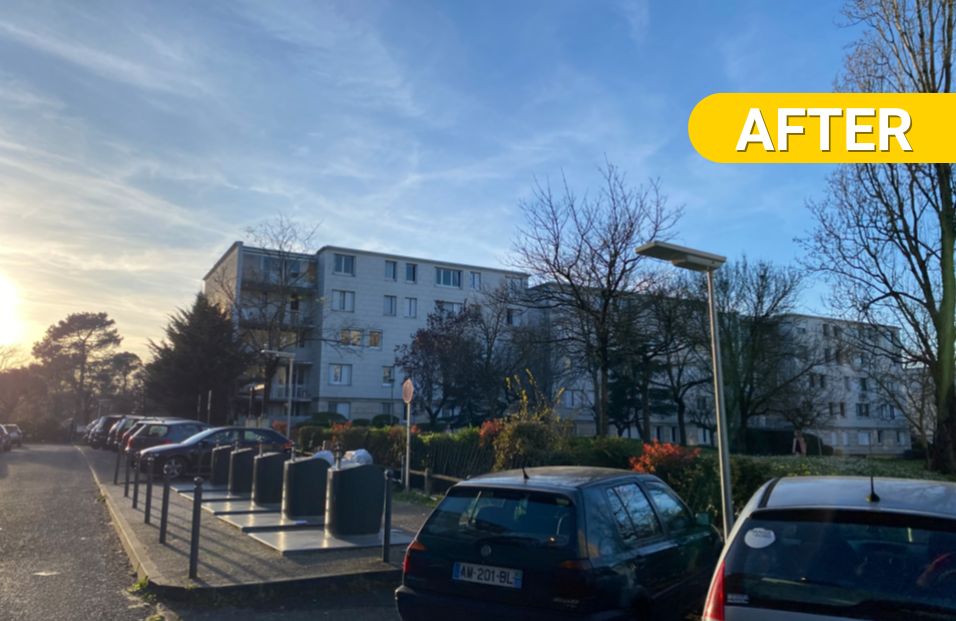About solar lighting 12 September 2024
The renovation of public lighting systems is now a top priority for municipalities, driven by increasingly urgent economic, environmental, and regulatory challenges. New lighting technologies such as LED and solar-powered streetlights are essential to cut energy costs and reduce environmental impact. This transition is inevitable in France, with a legal requirement to replace certain types of lights by January 1, 2025. Learn how upgrading to solar lighting solutions can meet these challenges.


Public lighting upgrades aim to achieve several crucial objectives:
Legal obligations also drive the push for more sustainable public lighting. Starting January 1, 2025, “globe” style lights—which are a significant source of upward light and contribute to light pollution—must be replaced in compliance with the December 27, 2018, regulation on limiting light pollution.
This law mandates the replacement of these lights because they emit diffuse, poorly directed light, contributing significantly to light pollution. Municipalities face fines of up to 1,500€ per light if they fail to comply by the deadline. This regulatory framework underscores the urgency to modernize public lighting systems with more efficient, environmentally friendly solutions.
Public lighting infrastructure in France faces issues of aging and technological obsolescence:
To accelerate this transition, funding such as the Green Fund is available, provided specific criteria are met:
To comply with legal obligations and meet the eligibility criteria for financial assistance, several practical actions can be implemented:
Solar streetlights are particularly suited to address the new public lighting challenges, offering numerous advantages:
Upgrading public lighting systems is both an environmental and economic necessity. The January 1, 2025, deadline for replacing globe lights under penalty of fines highlights the urgency to act. By adopting solar lighting solutions, municipalities can comply with new regulations, achieve substantial cost savings, and provide residents with a safer, more pleasant living environment.
As a leader in solar lighting solutions, Sunna Design supports municipalities in their transition to sustainable public lighting. Our solutions address climate challenges and legal requirements while ensuring long-term savings.
Contact us to learn more about how we can help you modernize your public lighting system in compliance with current regulations.
